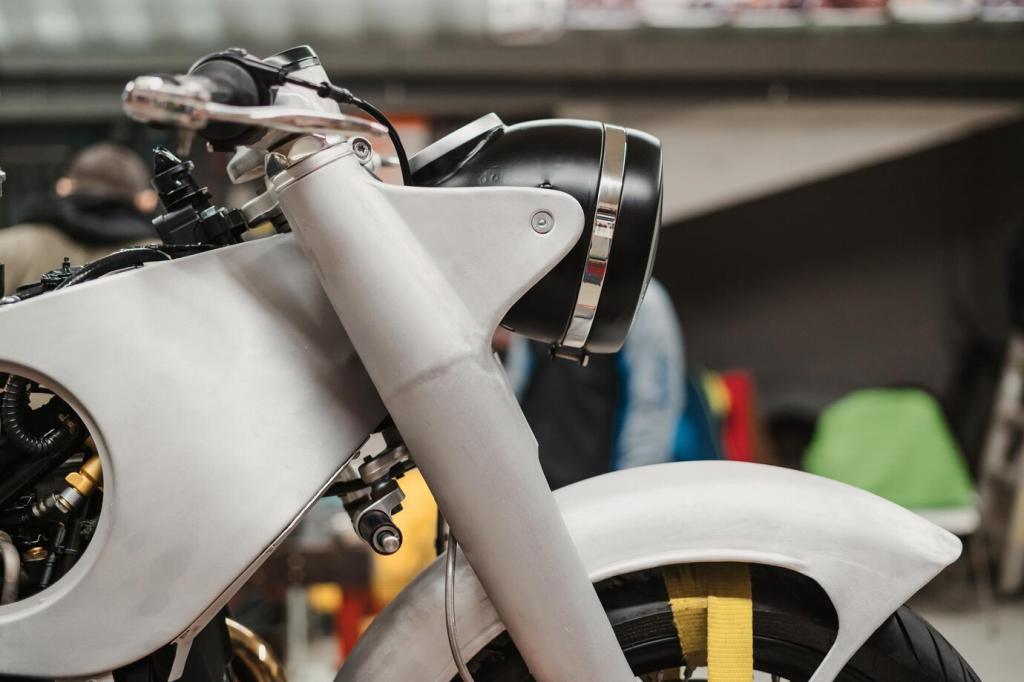Clean, Dry, Protected: Guarding Against Water and Grit
Avoid pressure washers that can force water past seals. Use a damp microfiber and mild soap, then rinse gently. Dry the hub and side covers thoroughly. After wet rides, roll the wheel to fling moisture, then park indoors with ventilation to evaporate hidden dampness.
Clean, Dry, Protected: Guarding Against Water and Grit
Check motor connectors for greenish corrosion or looseness. Keep rubber boots seated and intact. A thin film of dielectric grease deters moisture and improves serviceability. If a grommet feels loose in the dropout, reseat it to protect the cable from road spray and grit.








